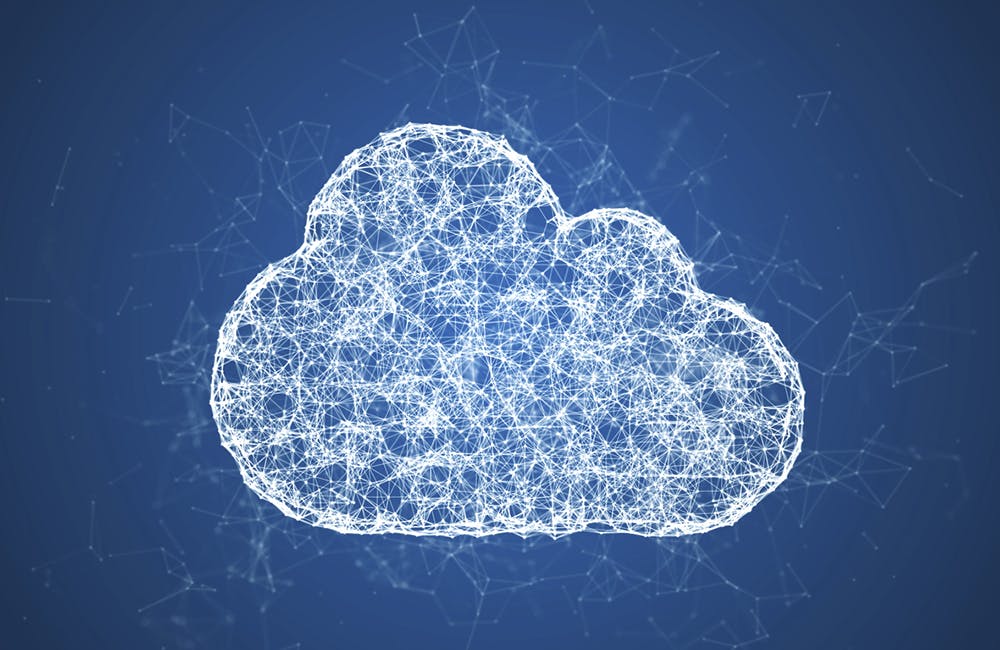NIH CIO: Cloud Changed The Way We Do Science
The cloud is fueling data functions across the institute’s research community.

Cloud adoption is accelerating research capabilities and mission needs at the National Institutes of Health, the institutes’ Center for Information Technology Director and CIO Andrea Norris said at the SXSW conference this week.
NIH supports over 300,000 researchers and about 2,500 academic institutions, including medical centers around the U.S. and world. Each individual and organization NIH supports is generating exponentially more data than in the past, giving NIH the challenge of storing and managing all of that data to fuel effective research.
Norris said with the volume of data generation doubling year over year at NIH, technology like the cloud is enabling NIH’s IT capabilities to keep up with the research that the institute is producing — everything from basic science to clinical trials and the creation of new treatments and cures.
Data-heavy programs and projects across NIH have especially benefited from cloud adoption, including the All of Us Program to collect the health data of a million volunteers, the BRAIN Initiative to map the human brain, as well as the data set work with cancer genomic data.
“These data resources are so big, you couldn’t really compute on them. You couldn’t download them and compute on them in local environments at our research centers and universities around the country and on our campus,” Norris said. “Cloud became a necessity. It has really helped change the way we do science.”
In the past 18 to 24 months, NIH has moved over 100 petabytes of scientific data, 350 national research programs and 15 million computer hours to the cloud. Norris added that NIH has also trained over 3,000 individuals through the cloud, highlighting how critical the cloud has especially been in just a short period of time.
Norris touched on the role of the STRIDES Initiative — an effort to partner with commercial cloud platform providers to streamline NIH data — in recent adoption of the institute’s cloud environments and in improving research capabilities. Before STRIDES, it wasn’t practical for researchers at NIH’s big data-based programs to download their large datasets for outer computations and scientific study. STRIDES aimed to make that data more accessible and usable.
“We wanted to be able to have [the cloud providers] go to the cloud, bring their tools, bring their analytics work in collaboration with researchers that they may not even know, work together, deliver results and at the end, accelerate the discoveries, leave that behind for the next researchers that would come, and do that as fast and agile a way as possible,” Norris said.
NIH is still trying to make its data “FAIR” — or findable, accessible, interoperable and reusable — in the cloud. NIH is striving to do this to put data in the hands of researchers, Norris said, and to enable transparency and greater collaboration across the scientific community.
“Anything we can do to look at how we can accelerate and transform the way we’re conducting research, the way we share those results and the way we get those discoveries into patient care faster and with more quality is what resonates in these discussions, and cloud has an important role to play in that journey,” Norris said.
This is a carousel with manually rotating slides. Use Next and Previous buttons to navigate or jump to a slide with the slide dots
-

Agencies Tackle Infrastructure Challenges to Drive AI Adoption
Federal agencies are rethinking data strategies and IT modernization to drive mission impact and operational efficiency as new presidential directives guide next steps.
5m read Partner Content -

Generative AI Demands Federal Workforce Readiness, Officials Say
NASA and DOI outline new generative AI use cases and stress that successful AI adoption depends on strong change management.
6m read -

The Next AI Wave Requires Stronger Cyber Defenses, Data Management
IT officials warn of new vulnerabilities posed by AI as agencies continue to leverage the tech to boost operational efficiency.
5m read -

Federal CIOs Push for ROI-Focused Modernization to Advance Mission Goals
CIOs focus on return on investment, data governance and application modernization to drive mission outcomes as agencies adopt new tech tools.
4m read -

Fed Efficiency Drive Includes Code-Sharing Law, Metahumans
By reusing existing code instead of rewriting it, agencies could dramatically cut costs under the soon-to-be-enacted SHARE IT Act.
5m read -

Agencies Push Data-Driven Acquisition Reforms to Boost Efficiency
New initiatives aim to increase visibility of agency spending, improve data quality and create avenues to deploy solutions across government.
5m read -

Data Transparency Essential to Government Reform, Rep. Sessions Says
Co-Chair of the Congressional DOGE Caucus Rep. Pete Sessions calls for data sharing and partnerships to reduce waste and improve efficiency.
5m read -

DOD Turns to Skills-Based Hiring to Build Next-Gen Cyber Workforce
Mark Gorak discusses DOD’s efforts to build a diverse cyber workforce, including skills-based hiring and partnerships with over 480 schools.
20m listen -

AI Foundations Driving Government Efficiency
Federal agencies are modernizing systems, managing risk and building trust to scale responsible AI and drive government efficiency.
40m watch -

Trump Executive Order Boosts HBCUs Role in Building Federal Tech Workforce
The executive order empowers HBCUs to develop tech talent pipelines and expand access to federal workforce opportunities.
3m read -

Navy Memo Maps Tech Priorities for the Future Fight
Acting CTO’s memo outlines critical investment areas, from AI and quantum to cyber and space, as part of an accelerated modernization push.
5m read -

DOD Can No Longer Assume Superiority in Digital Warfare, Officials Warn
The DOD must make concerted efforts to address cyber vulnerabilities to maintain the tactical edge, military leaders said at HammerCon 2025.
4m read
















